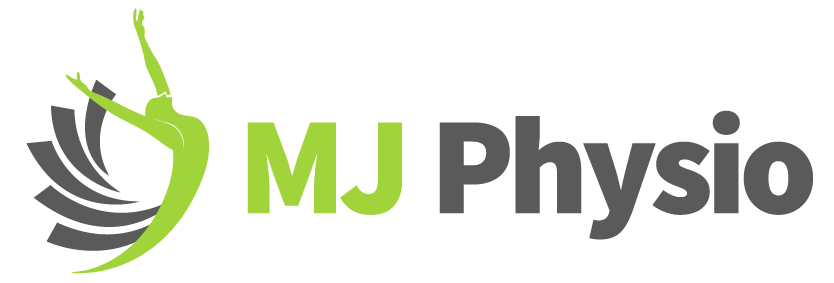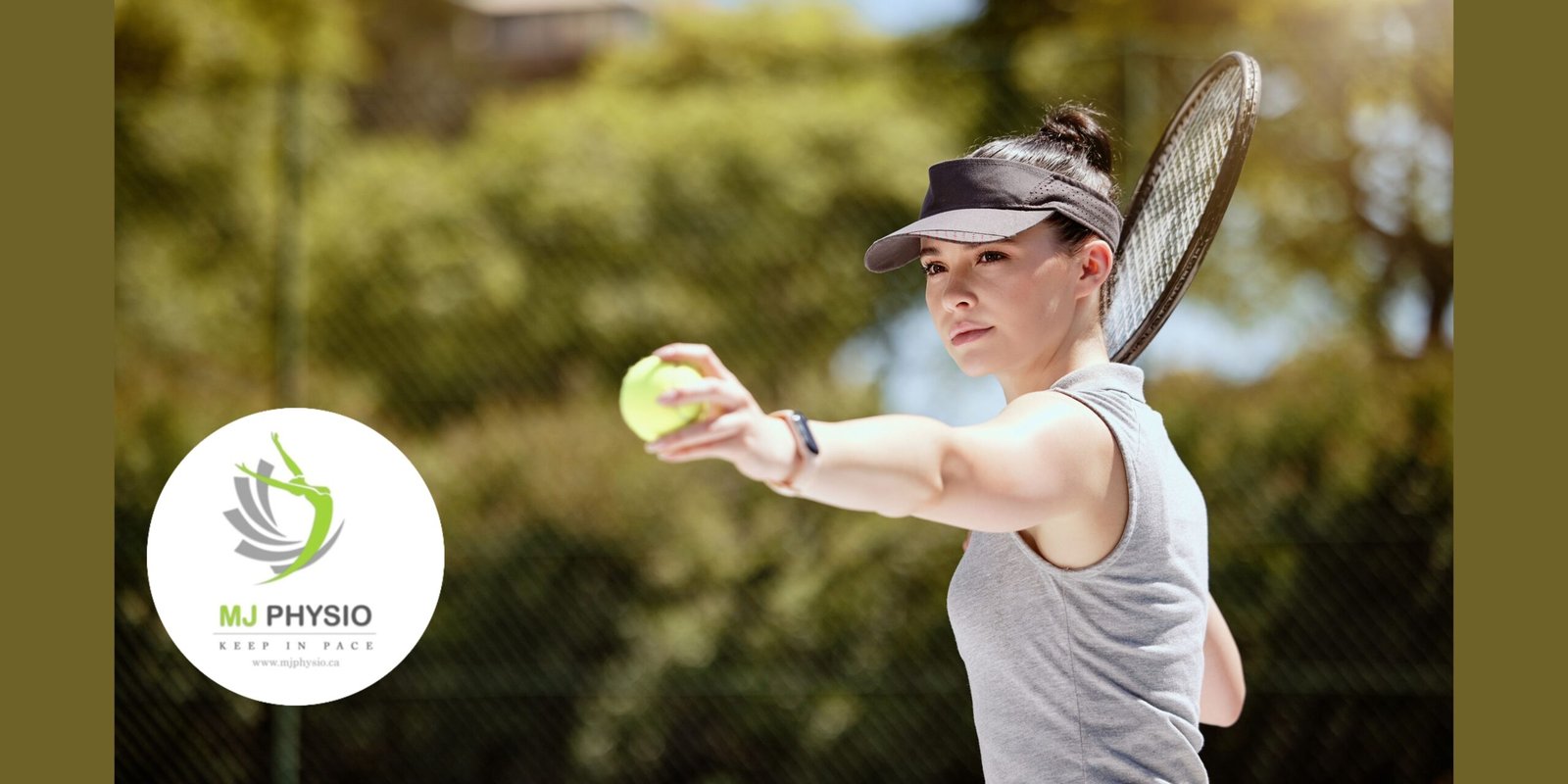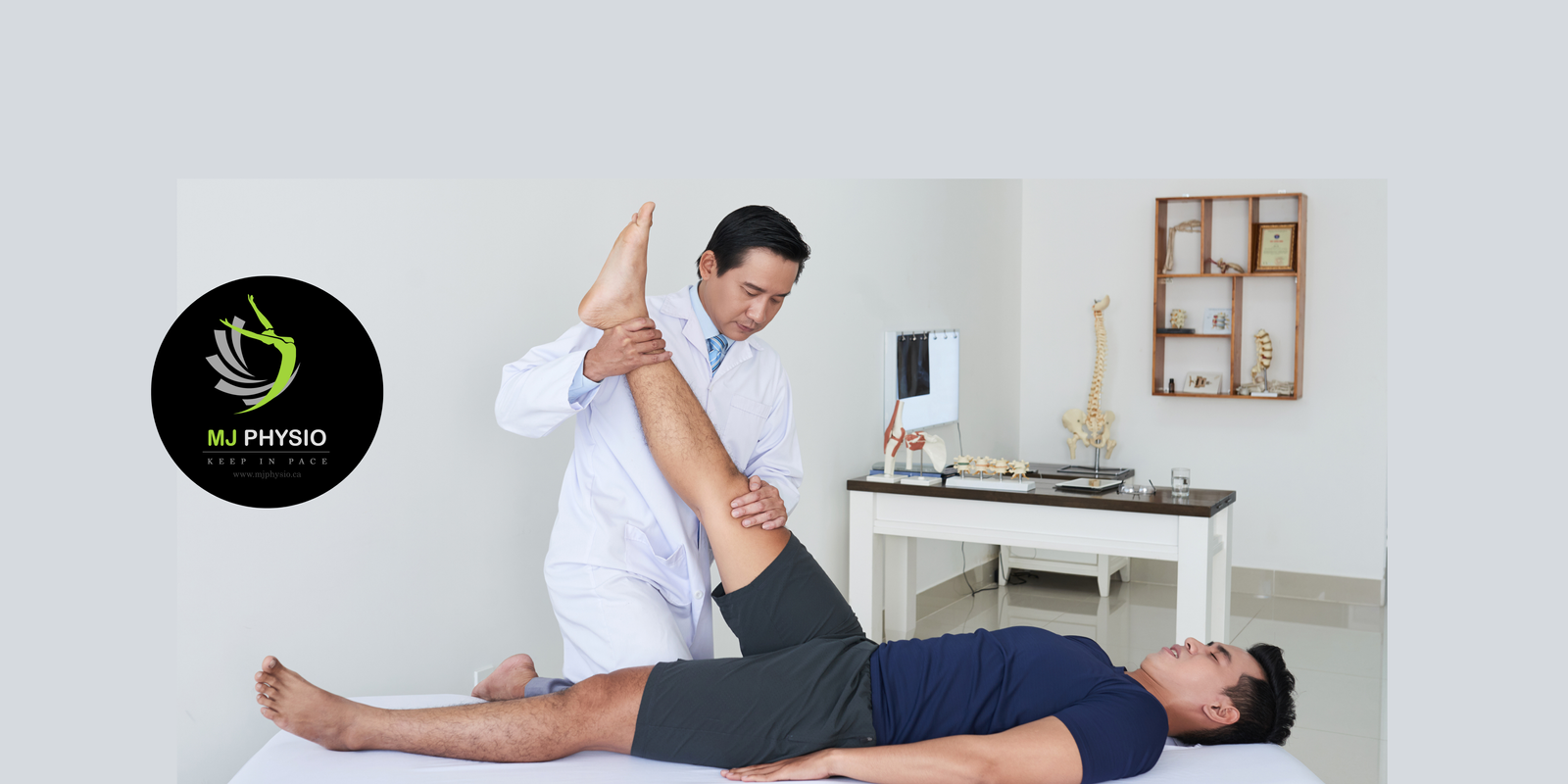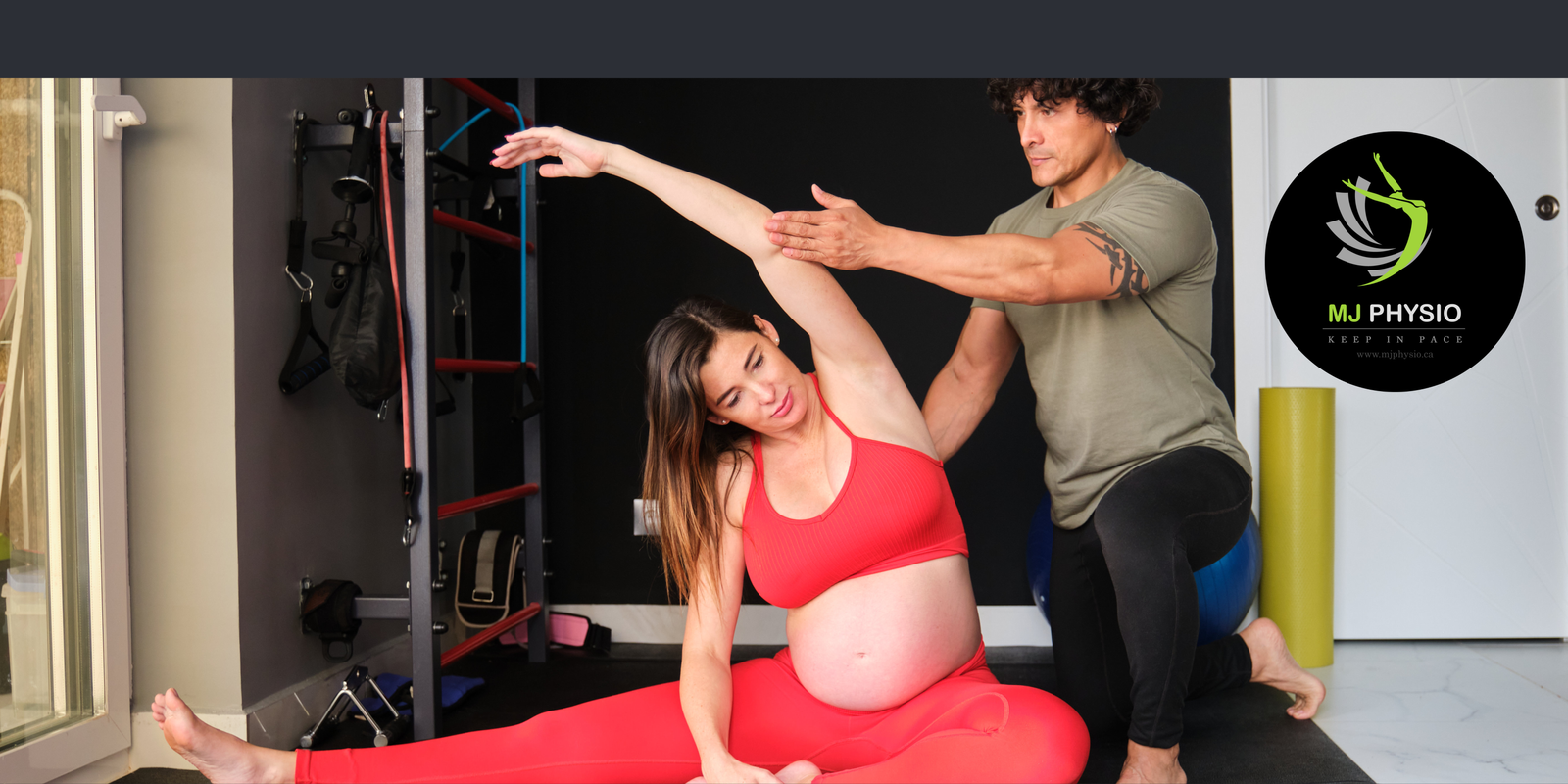Best soccer stretches to improve performance and preventing injuries
Soccer commonly referred to as the beautiful game is quick, challenging, physical, and involves stamina. If you are a novice or even an elite player, it is highly advisable to get yourself ready for the game. One of the main components of this preparation is stretching which also improves performance, and flexibility, and decreases injuries. Best soccer stretches before and after the game helps to prevent injuries and improve performance.
Why Stretching is important before Soccer
1. Enhancing performance
Warm-up before a particular game enhances the flow of blood to the muscles to enhance the flexibility of the muscles. When muscles are warmed up, their contractions quickly and with greater force as compared to when muscles are rigid.
2. Preventing Injuries
Soccer requires frequent, short bursts of energy such as sprints, jumps, and rapid acceleration and deceleration. Stretching prepares the muscles for these activities and at the same time minimizes the chances of strains, sprains, or other related ailments.
3. Increasing Flexibility Soccer players cannot afford to be rigid, especially with how the game is played. This means that the joint can bend more which is substantial in helping a player make various movements and maneuvers including high kicks, and rapid turns among others.
4. Preparing Mentally This is not just a physical activity but also helps the players in a way that they can clear their mind to prepare psychologically for the next game.
Pre-Soccer Stretching Routine

Before engaging in soccer activities, one should conduct warm-up exercises, which consist of both dynamic warm-ups that involve movements of the body parts increasing the heart rates and blood circulation, and static warm-up that involves stretching muscles and making them flexible.
Dynamic Stretches
1. Leg Swings –How to Perform:
- It is important to stand with the back leaning against a wall or that of a partner to avoid falling.
- Swing one leg in front and then back, do not bend the knee at the knee joint.
- Do 10 swings in one leg and 15 swings in the other leg.
Benefits: - Stretching helps warm the hip flexors, hamstrings, and glutes.
- This helps to increase the mobility of the hips.
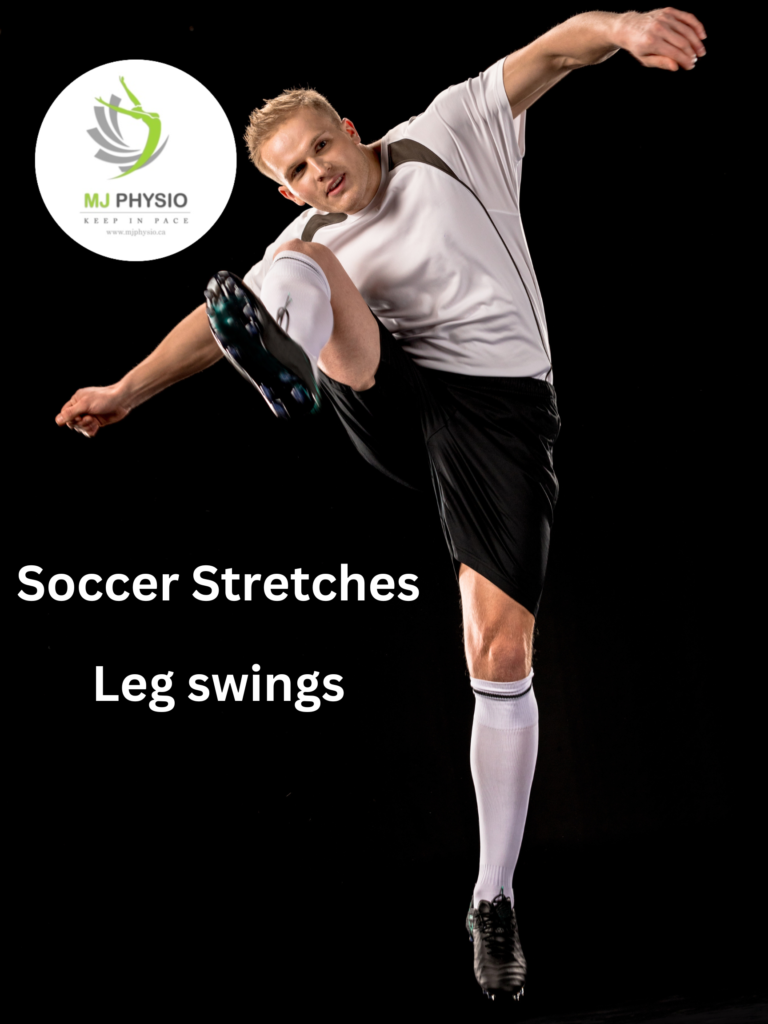
2. Arm Circles–How to Perform:
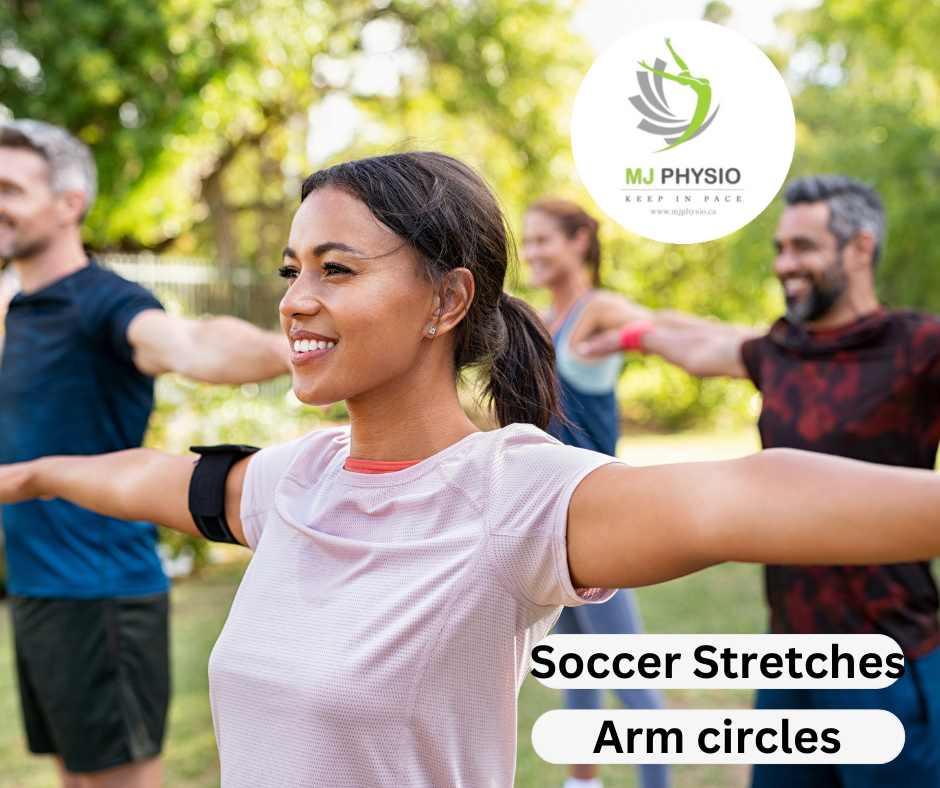
- Be prepared with your feet about as far apart as the width of your shoulders.
- Stand with your feet shoulder-width apart and your arms out to the sides of your body, holding them wide as if in a circle.
- It is best to start with small circles and slowly make them bigger until the desired size is achieved.
- Make a total of 20 circles in each of these directions.
Benefits: - Preliminary action to warm up the shoulder joints and muscles.
- Helps to improve circulation of blood in the upper extremities.
3. High Knees–How to Perform:
- Start by standing with your feet slightly wider than your shoulder’s width apart.
- Jogging in place, try to raise your knees to the highest possible level.
- Your performance should range from 30 seconds to a minute.
Benefits: - It pinches the hip flexors, quads, and the muscles that compose the core.
- Accelerates both the rate of heartbeat and the circulatory system.
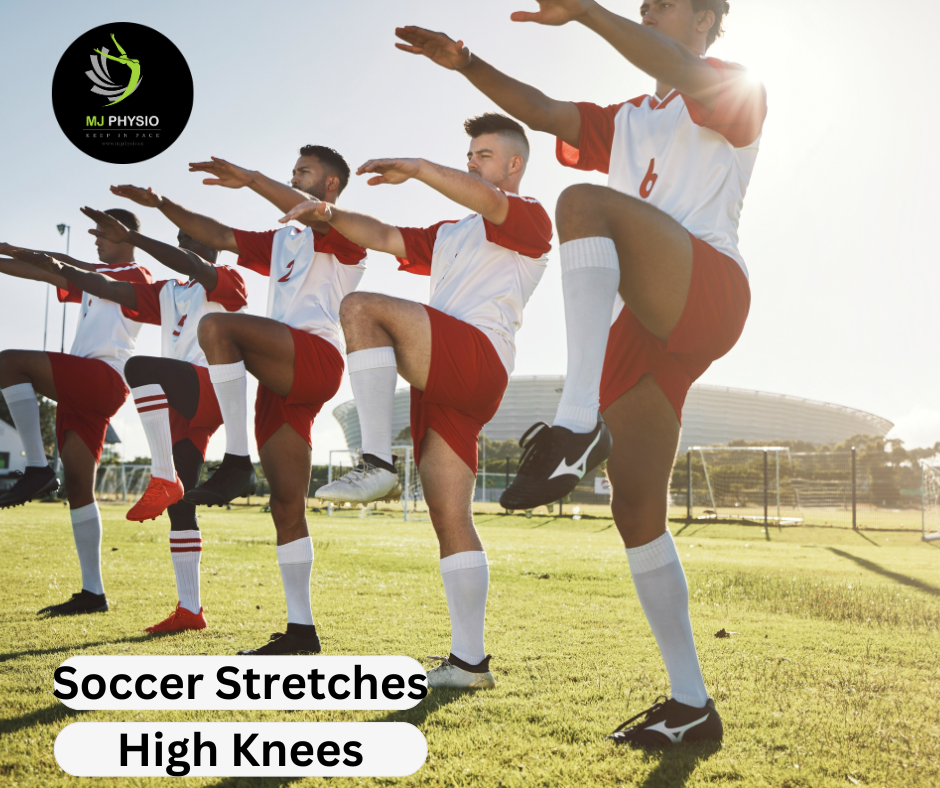
4. Butt kicks-How to Perform:
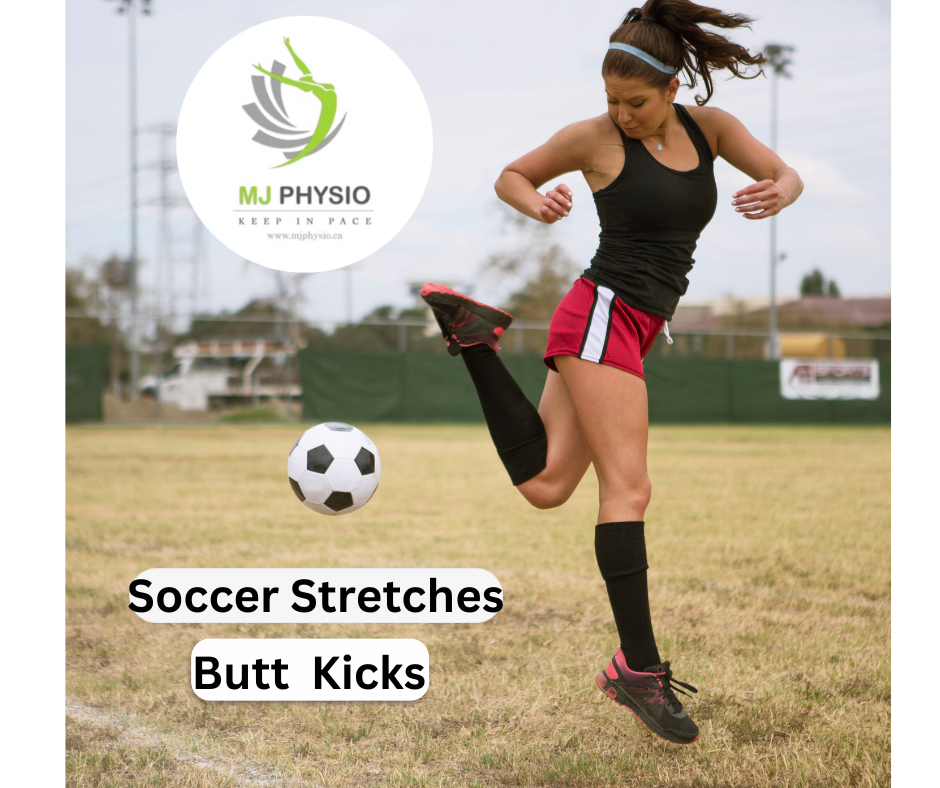
- At this point, ensure that your feet are shoulder-width or hip-width apart.
- Jump while remaining in position, lift heels toward the buttock region.
- Sustain for 30 seconds up to 1 minute.
Benefits: - Stretches them with the hamstrings and glutes.
- Broadens pulse rates and circulation rates.
- Align left and right feet.
- 5. Walking Lunges-How to Perform:
- Take the front foot and kick the back with the knee touching the ground while the back leg should be perpendicular to the floor.
- Slide your front foot and drag your back foot to the front to do the same motion again.
- Spend 4 to 5 sets of 10- 15 lunges per leg.
Benefits: - This exercise works on the muscles of the thighs, hamstrings, glutes, and calf muscles.

6. Skipping With High Knees– How to Perform:

Then standing directly and taking the next step start skipping while raising the knee at every hop and at the same time moving the opposite hand above the head. Remember to keep all your movements precise and avoid swaying while skipping.
7. Single Leg Cross Jumps– How to Perform:
Best soccer stretches to prevent injuries
To start with, stand correctly with your left foot raised off the ground and facing the opposite line while another line is drawn beside you. Propositions to jump into each section on a different foot, assuming a crisscross pattern. When performing the acting exercise, one should ensure that the knee does not buckle inward every time they jump and the foot should point forward.
Static Stretches
1. Hamstring Stretch– How to Perform:
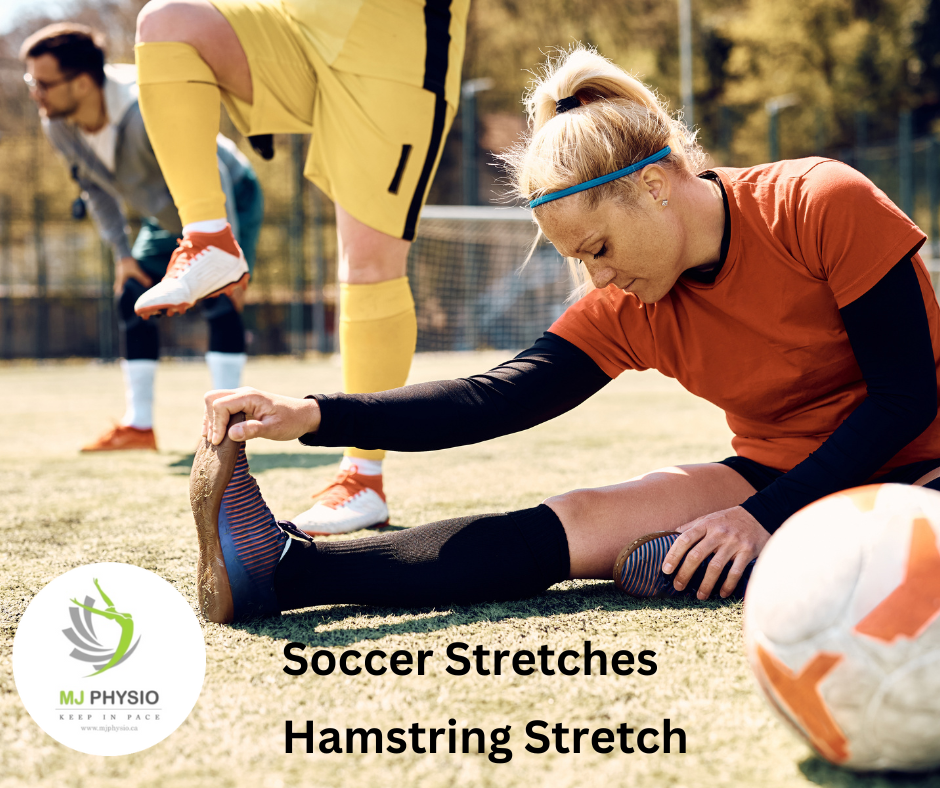
- Sit with one leg stretched out in front of the body, and the other leg, which is bent at the knee, has the sole of the foot placed against the inner part of the extended leg.
- Move your hands towards the tips of the toes of the exposed leg while maintaining a good posture of your back.
- If you can hold the position for 20-30 seconds, then switch to the opposite leg.
- Benefits:
- Stretches out the hamstrings and the lower back muscles.
- Improves joint movement and versatility.
2. Quadriceps Stretch–How to Perform: - Some simple stretching exercises include Standing on one leg and pulling the opposite foot towards your glutes.
- Ensure your legs are slightly bent and your feet are shoulder-width apart, and you should also maintain an erect posture.
- Wait for 20-30 seconds then swap the legs on which you have been resting.
Benefits: - Enhances flexibility of the quadriceps and hip flexors muscles.

3. Calf Stretch– How to Perform:
Best soccer stretches to prevent injuries
- Stance one of the feet in front while the other foot is placed about one-foot length behind you with the legs aligned perpendicular to a wall.
- Be sure that your bottom leg is fully locked, and your heel is touching the ground firmly.
- Lean forward slightly with the back leg being kept as straight as possible.
- This exercise should be held for 20 – 30 seconds before the leg is switched.
- Benefits:
- Effectively stretches the calf muscles and the Achilles tendon.
- Reduces the intensity of exercises and helps in increasing the flexibility and range of motion.
4. Groin Stretch– How to Perform:
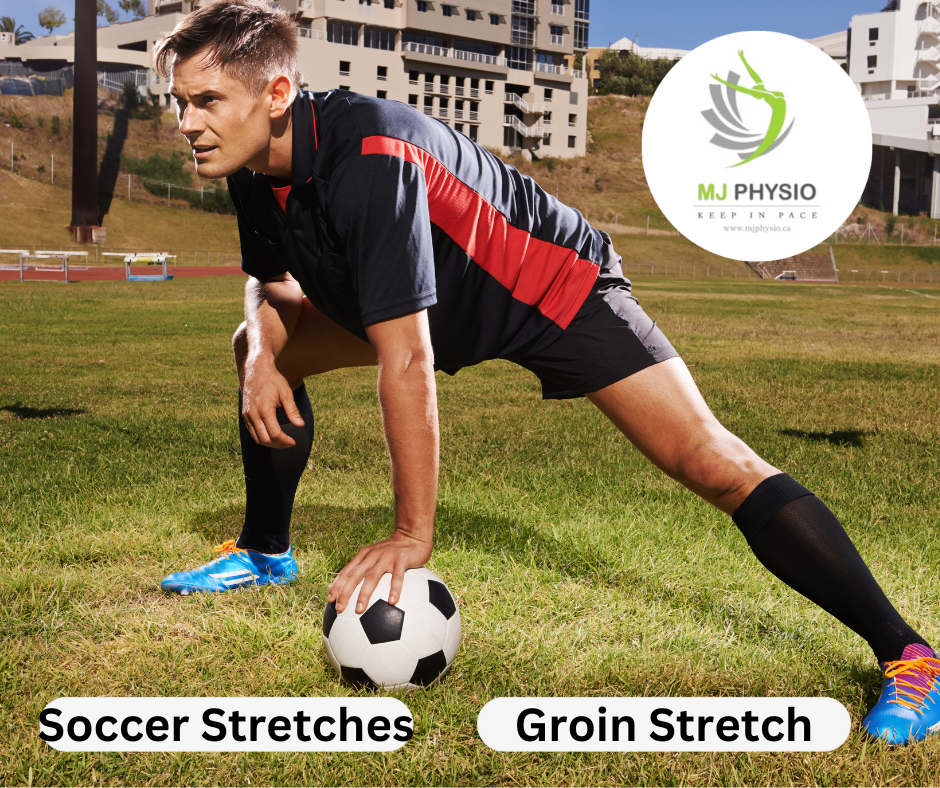
- Stand with your feet parallel to each other and with knees slightly bent; then lower yourself down on your calves.
- Take your feet and grasp them with your hands and try to slide your knees towards the floor.
- Benefits:
- It is an exercise that strengthens the inner thigh muscles known as the adductors.
- This exercise helps to enhance flexibility and the ability to move joints through the full range of motion.
5. Hip Flexor Stretch– How to Perform:

- Stand with one knee bent down and forward and the left foot placed flat on the ground, together with the other foot behind it at a right angle.
- Bend at the hips and push your hips forward, ensuring that your spine is parallel to the ground.
- Maintain for 20-30 seconds and then interchange limbs.
- Benefits:
- Increases the tension on the hip flexors and quadriceps muscles.
- Reduces limitations and expands the scope of motion.
Tips for Effective Stretching
1. Warm Up First
It is always advisable to warm up your muscles before stretching, which can involve taking a five to ten-minute jog or doing jumping jacks. This leads to increasing the rate of circulation of blood in muscles and therefore makes them more flexible hence reducing cases of injuries.
2. Focus on Breathing
This is particularly true for the lungs because these are the organs responsible for supplying the body with oxygen to support stretching. Breathe in progressively and then exhale as you transition to the next position. It assists in reducing the pressure exerted on the muscles and enhances the efficiency of the stretch.
3. Avoid Bouncing
Do not swing, jump, push, or pull when performing static stretches. This may lead to muscle pull or, in the extreme case, injury. But the key thing to do is to maintain a steady and gentle pressure for each stretch.
4. Listen to Your Body
It is always advisable to make sure that you do not experience pain when stretching. If at any time these pains increase or become sharp, stop stretching right away. This means that as a person, one must ensure they pay attention to the body’s signals and refrain from exerting the muscles beyond what is required.
5. Consistency is Key
While flexibility is an important factor, there must be consistency in training to achieve its improvement and to reduce the likelihood of getting some injuries. Ensure that you include stretching exercises as part of your training schedule and not only on days that have games or practice sessions.
The Role and Importance of Hydration and Nutrition for the Brain
Apart from the stretching exercises, drinking water and eating balanced meals constitute an important aspect of preparing for soccer games. Lack of fluids in the body results in muscle contraction and reduced efficiency, especially when performing on the field, so it is recommended to hydrate before, during, and after the event. Also, one should have a well-balanced meal comprising carbohydrates, proteins, and healthy fats to give the energy required for the activity.
Conclusion
Warming up is a crucial part of a soccer player and stretching is an integral part of his warm-up routine. Dynamic and static stretches used by the players will help in improving performance anddecrease flexibility and the chances of developing injuries. It is always important to stretch after a mild warm-up while ensuring that you breathe properly to gain maximum results from the stretching. If you are a player, you will be able to enhance your flexibility, agility, and also performance on the field by practicing regularly and with determination.
By incorporating these stretches, any soccer player- amateur or professional-, will be able to warm up properly in preparation for the game and get the best out of the game as well as enjoy the beautiful game as it is. Therefore, slip into your shoes, go for the goalpost, and do not forget to warm up, your body will be glad you did so.
